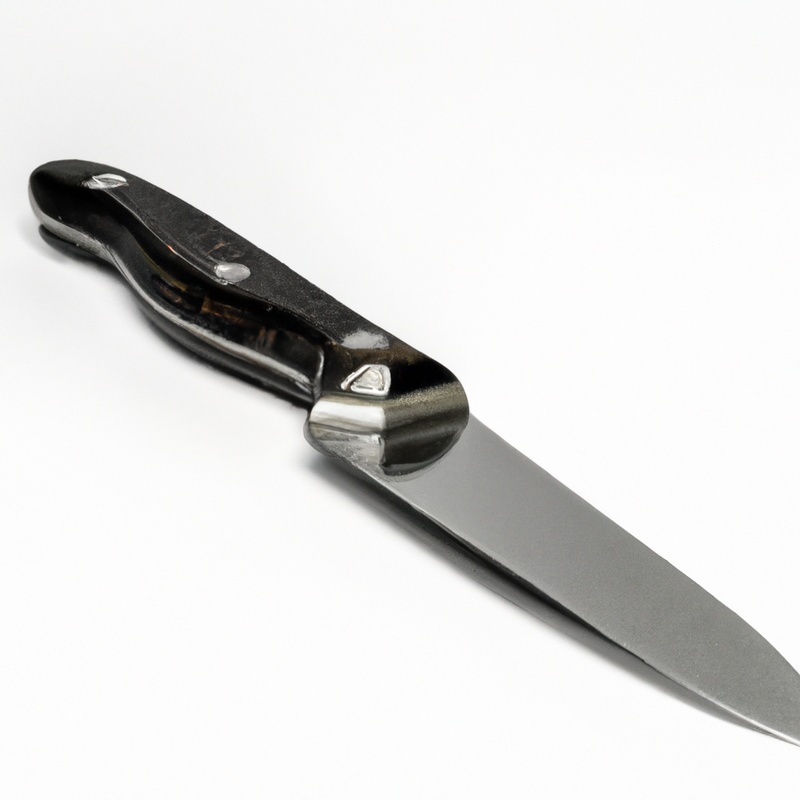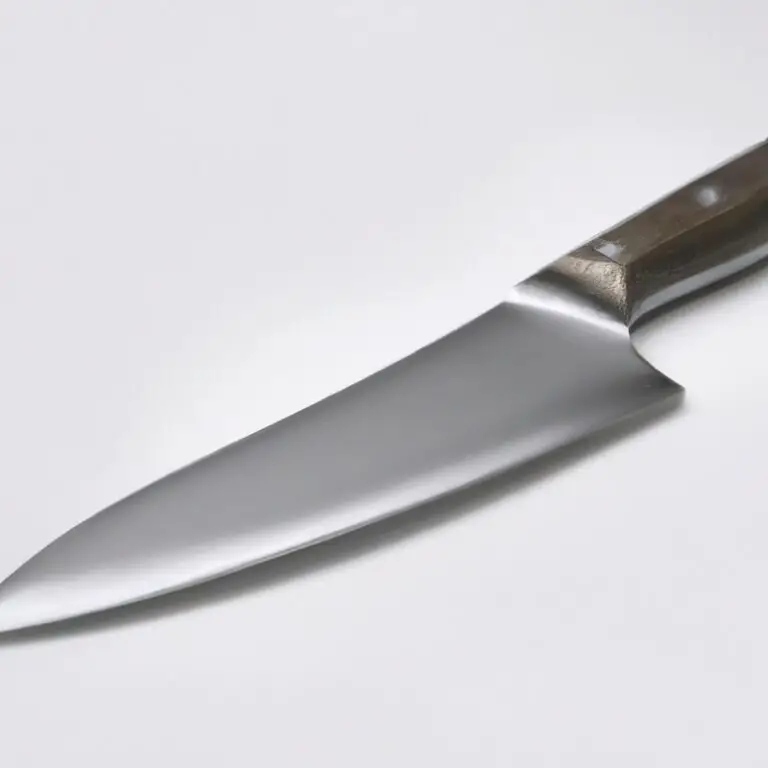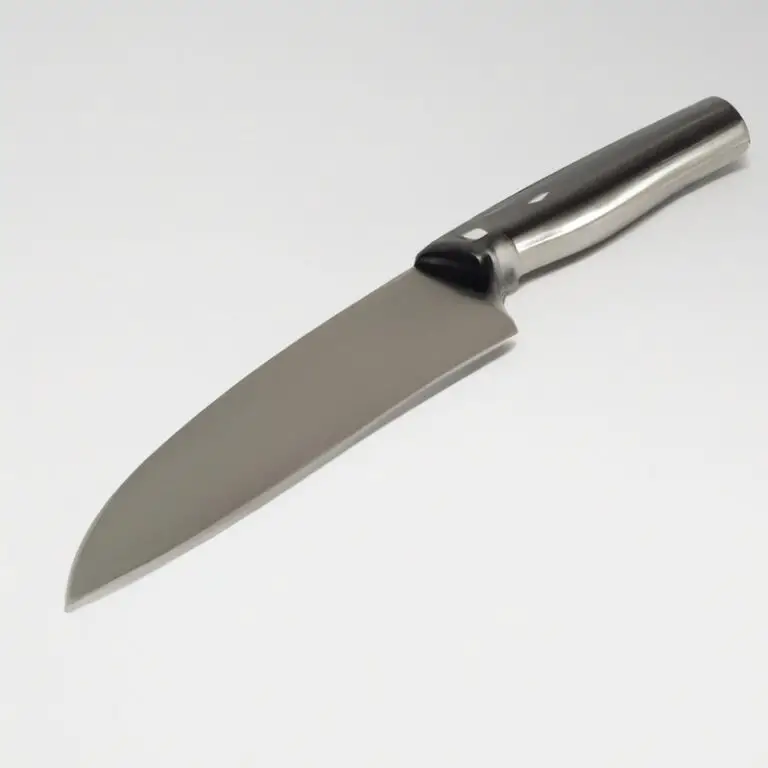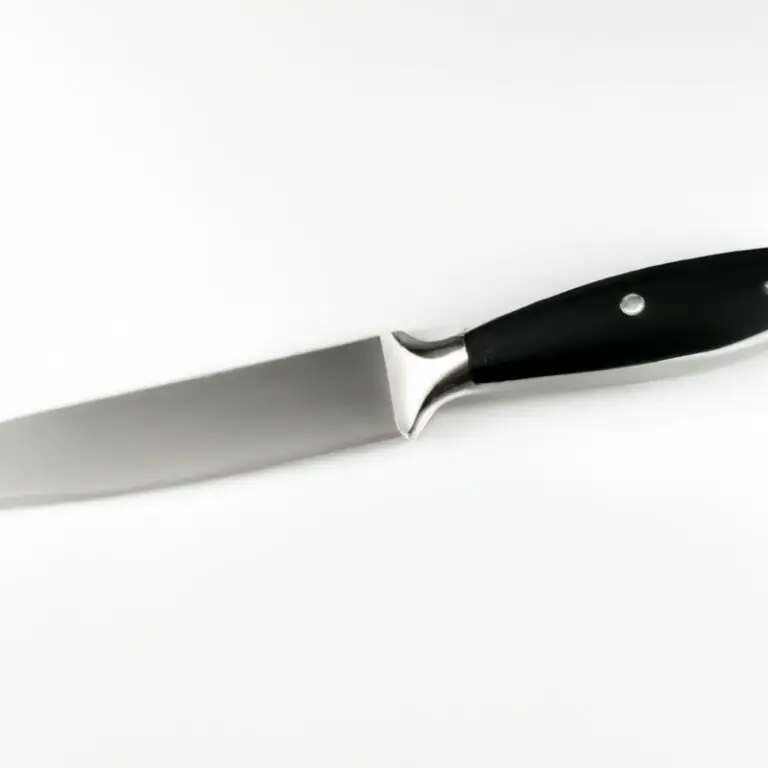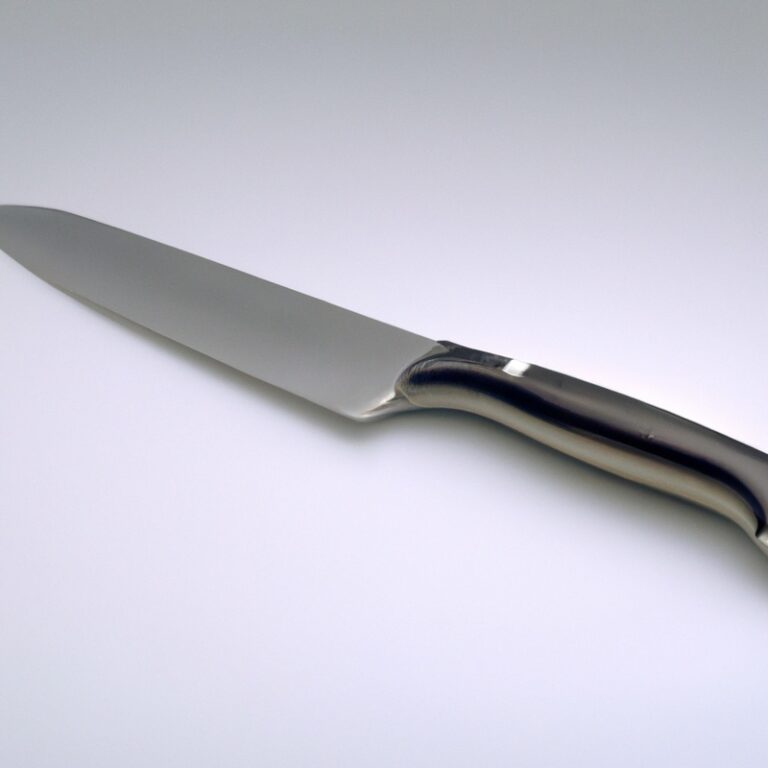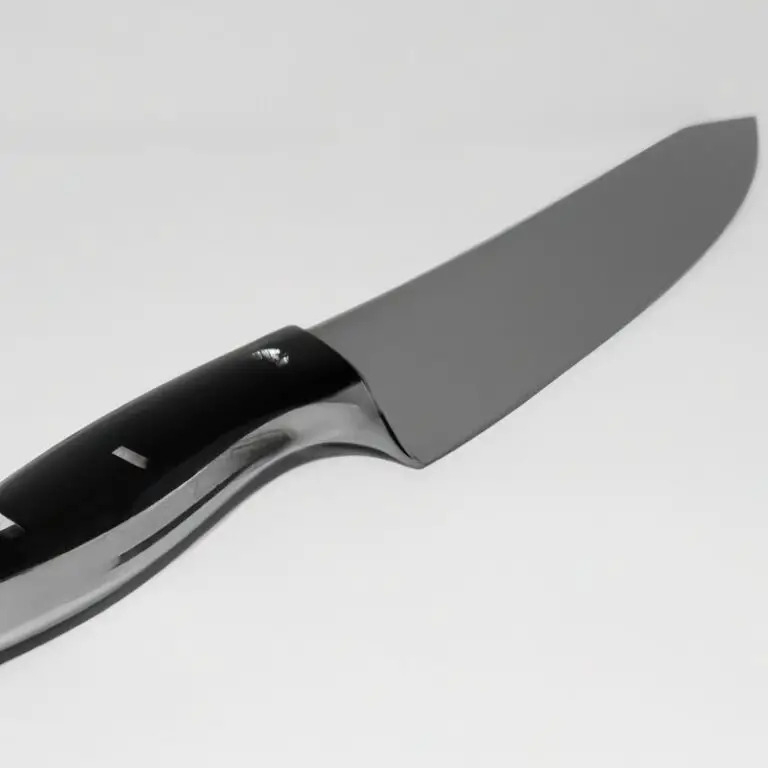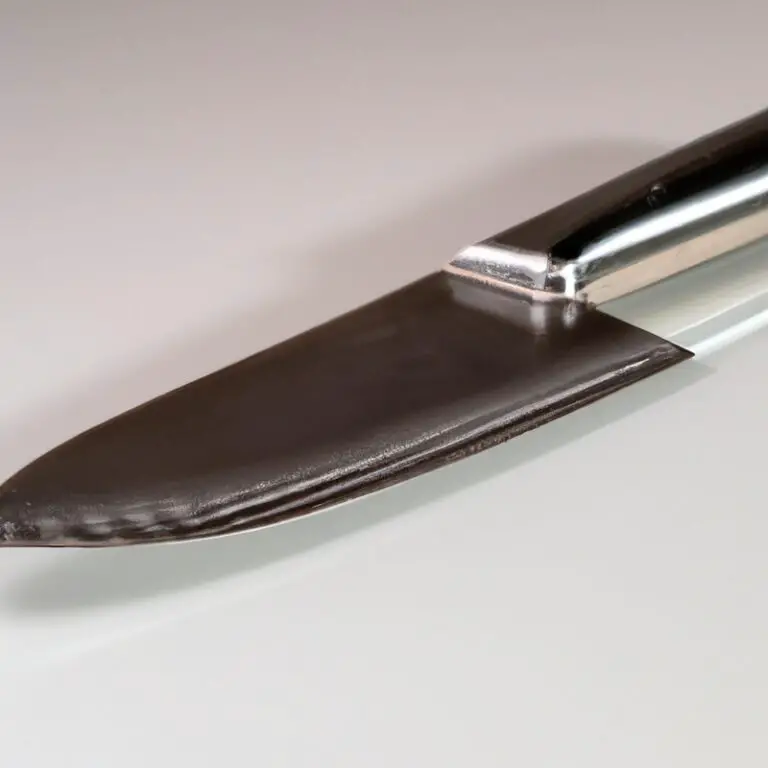How Do I Know When It’s Time To Replace My Paring Knife? Check It Out!
Key Takeaways:
- A dull or rusty blade is a clear sign that it’s time to replace your paring knife to maintain precision and accuracy during food preparation.
- As a general rule, if your knife feels uncomfortable or doesn’t meet your cutting needs, it may be time to upgrade to a new paring knife.
- Investing in a high-quality paring knife can greatly enhance your cooking experience and save you time and effort in the kitchen.
- Regular maintenance and proper storage can extend the lifespan of your paring knife, but paying attention to signs of wear and tear is crucial in determining when it’s time for a replacement.
Have you ever been in the midst of food preparation, only to realize your trusty paring knife is failing you? A dull knife can be frustrating and dangerous in the kitchen, making cooking a chore rather than a pleasure.
In this article, we’ll explore the importance of a sharp paring knife, the signs of a dull one, and how to test its sharpness.
We’ll also consider the frequency of use and maintenance, the pros and cons of sharpening versus replacing, and the factors to consider before investing in a new knife. So, if you’re tired of struggling with your blunt paring knife, let’s get started!
| Signs that it’s time to replace your paring knife |
|---|
| The blade is chipped or cracked |
| The blade is rusty or discolored |
| The handle is loose or damaged |
| The blade doesn’t hold its edge anymore |
| The knife feels uncomfortable in your hand |
| You have to apply excessive force to cut through food |
| The knife has a foul odor |
Importance of a sharp paring knife
A sharp paring knife is crucial for efficient and safe kitchen tasks. A dull paring knife can lead to slips and injuries, as well as making it more challenging to cut through fruits and vegetables with precision.
A sharp paring knife not only saves time and effort while preparing food, but it also enhances the visual appeal of the dishes.
Additionally, keeping your paring knife sharp decreases its wear and extends its lifespan. Therefore, it is imperative to maintain a regularly sharpened paring knife in every kitchen.
Signs of a dull paring knife
Signs of a dull paring knife include difficulty in making precise cuts, the need to apply more pressure when cutting, and increased friction with the food being cut. A dull blade can also cause the food to tear rather than creating a clean slice.
If you notice any of these signs, it’s a clear indication that it’s time to replace your paring knife.
A sharp paring knife is crucial in the kitchen for effortless and safe food preparation, so it’s essential to keep an eye out for these signs and replace the blade as necessary.
How to test the sharpness of a paring knife
To test the sharpness of your paring knife, start by holding a piece of paper by one end and slicing down with the knife. A sharp knife will cleanly slice through the paper, while a dull knife will tear or drag the paper.
You can also try cutting through a tomato or an onion – a dull knife will squish or crush the flesh, while a sharp knife will effortlessly slice through it.
Another test involves running the blade gently over your thumbnail – a sharp knife will bite into the nail with little to no pressure, while a dull blade will just slide over it. Remember, a sharp knife is essential for safe and efficient cutting in the kitchen.
Frequency of use and maintenance
To ensure the longevity and sharpness of your paring knife, it’s essential to maintain it regularly and use it correctly. The frequency of use and maintenance varies according to how often you use your paring knife.
For regular home cooks, it’s recommended to sharpen the paring knife once or twice a year.
Whereas professional chefs may need to sharpen their knives every few months. However, some knives require more frequent maintenance, depending on their quality, usage, and storage conditions.
It’s vital to keep your knife clean and dry after every use and avoid using it for tasks beyond its intended purpose, such as cutting bones or frozen foods.
Moreover, storing the knife in a sheath or knife block can protect the blade’s edges from dulling. Overall, proper maintenance and storage of your paring knife can significantly affect its durability and sharpness.
Regular sharpening and routine maintenance ensure the knife’s longevity and improve its cutting performance.
Pros and cons of sharpening vs. replacing
When it comes to dealing with a dull paring knife, you have two options: sharpening or replacing it altogether. Here are the pros and cons of both: Sharpening: Pros
- More cost-effective compared to buying a new knife
- Can be done at home with the right equipment
- Helps sustain the life of the knife
- Improves performance and precision
Cons
- Might require more time and effort
- Can have inconsistent results if not done properly
- Might not be able to fix extremely damaged or worn-out blades
- Can reduce the lifespan of the knife if done excessively
Replacing: Pros
- Ensures optimal performance and safety
- Provides the opportunity to upgrade to a higher quality knife
- Can be more time-efficient compared to sharpening
- Fresh and new knives can increase motivation and interest in cooking
Cons
- More expensive
- Might require more research and effort to choose the right knife
- Can result in waste if the old knife isn’t disposed of responsibly
- Might not be necessary if the knife is still repairable
It’s important to consider the factors such as cost-effectiveness, the knife’s condition, and personal preference before deciding whether to sharpen or replace your paring knife.
Factors to consider before replacing
Factors to Consider Before Replacing Your Paring Knife:
- Age of the knife: If your knife is several years old and has undergone multiple sharpenings, it may be time to replace it.
- Frequency of use: If you use your paring knife on a daily basis, it will become dull more quickly than if you only use it occasionally.
- Overall condition: If the handle is cracked or the blade is bent or damaged beyond repair, it’s time to replace the knife.
- Purpose: Consider the tasks that you use your paring knife for. If you need a knife with a longer blade or a different type of edge, it’s time to replace your old knife.
- Budget: Decide what your budget is before making a purchase. The cost of a new paring knife can vary greatly depending on the brand and materials used.
Keep these factors in mind when deciding whether to sharpen or replace your paring knife. A sharp, high-quality knife is an investment in your kitchen, and properly caring for your paring knife can ensure years of use.
Choosing a new paring knife
When choosing a new paring knife, it is important to consider the following factors:
- Blade Material: High-carbon stainless steel is the most common material used for paring knives. It’s durable and holds a sharp edge well.
- Blade Shape: A straight blade is best for general purpose, while a curved blade allows for more precision.
- Handle: Choose a handle material that is comfortable and provides a secure grip. Common materials include plastic, wood, and stainless steel.
- Size: Paring knives typically come in 2-4 inch blades, with a smaller blade offering more precision.
- Brand: Look for reputable brands with a history of producing high-quality knives, such as Wusthof, Shun, or Victorinox.
Keep in mind that while a high-quality paring knife can be an investment, it is well worth it for the versatility and precision it provides. When in doubt, try out different knives at a kitchen supply store to find one that feels comfortable in your hand.
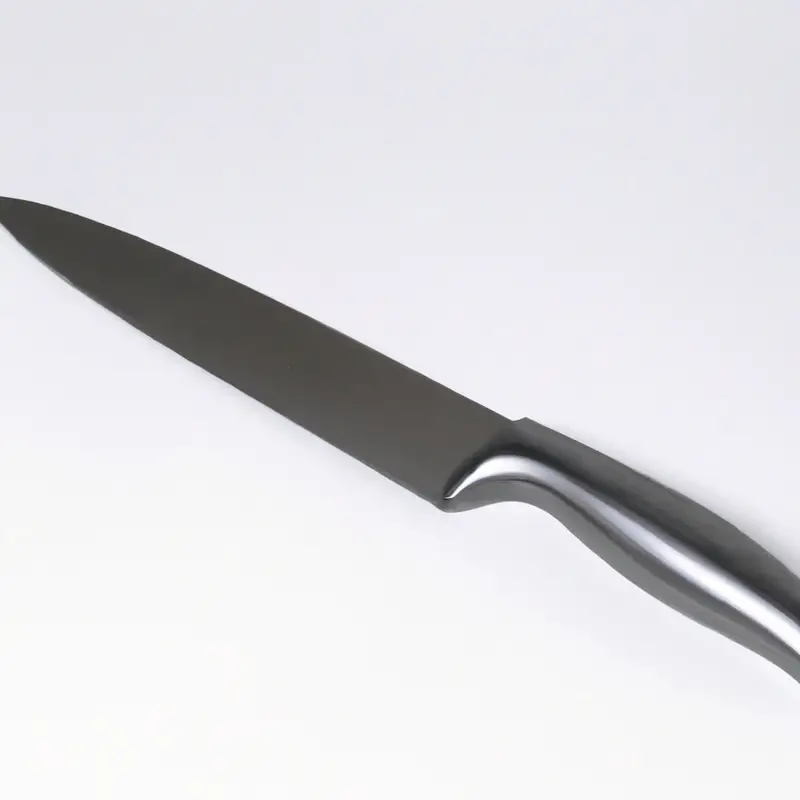
Proper storage and care of paring knives
Proper storage and care are crucial for extending the life of paring knives. Here are some tips to keep your paring knife in top shape:
- Always hand wash your paring knife immediately after use with hot water and mild soap. Dry it thoroughly with a clean towel to prevent rusting.
- Store your paring knife in a knife block, magnetic strip, or sheath to protect the blade and prevent it from being damaged or dull.
- Avoid storing your paring knife in drawers or containers with other kitchen tools as it can cause scratches and dents on the blade.
- Use a honing steel to keep the blade straight and sharp between sharpenings.
Remember to handle your paring knife with care to avoid chipping or damaging the blade. Properly storing and maintaining your paring knife will ensure that it performs efficiently and lasts longer.
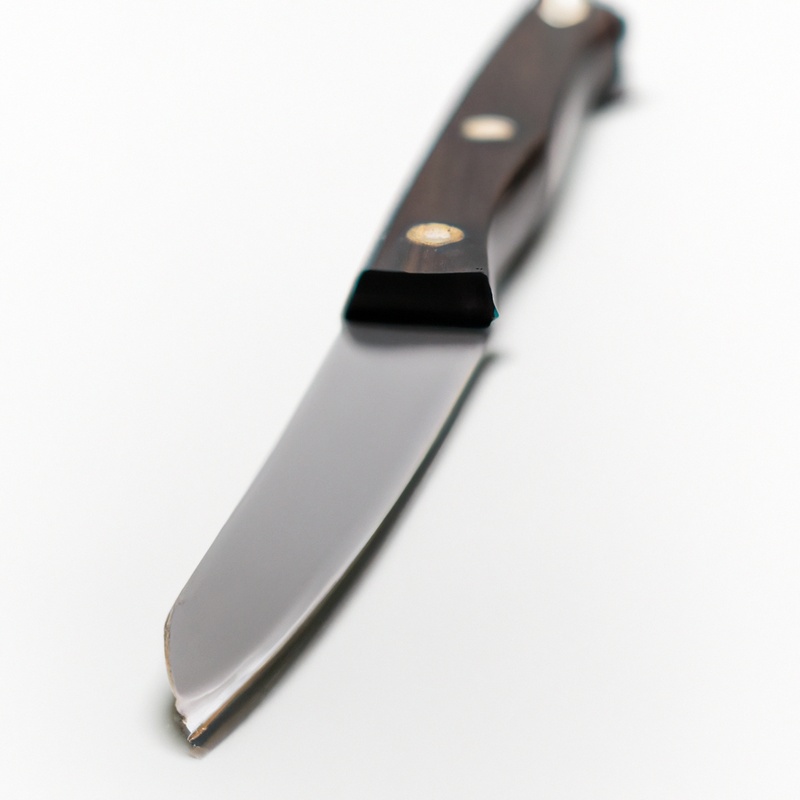
Maintaining the sharpness of a new paring knife
Maintaining the sharpness of a new paring knife is crucial for its longevity and precision. Here are some tips to keep your paring knife sharp:
- Use a honing steel before and after each use to straighten and realign the blade.
- Avoid cutting hard or frozen foods as they can damage the edge.
- Hand-wash the knife immediately after use with warm, soapy water.
- Dry the blade completely before storing it.
- Store your paring knife in a sheath or a knife block to protect the blade.
- Consider getting your knife professionally sharpened every 6-12 months, depending on how frequently you use it.
By following these tips and maintaining your paring knife properly, you can extend its lifespan and maintain its sharpness.
Final Verdict
A sharp and reliable paring knife is an essential tool in any kitchen. Knowing the signs of a dull blade and how to test for sharpness can help you determine when it’s time to replace your paring knife.
Regular maintenance and proper storage can extend the life of your knife, but there comes a time when sharpening may no longer be sufficient.
When considering a replacement, factors such as frequency of use and personal preferences should be taken into account. By investing in a high-quality paring knife and maintaining its sharpness, you can ensure safe and efficient food preparation.
Remember, a sharp knife is not only crucial for performance but also for your safety in the kitchen.
Don’t hesitate to replace a dull or damaged blade, and remember to always prioritize the care and maintenance of your kitchen tools.

